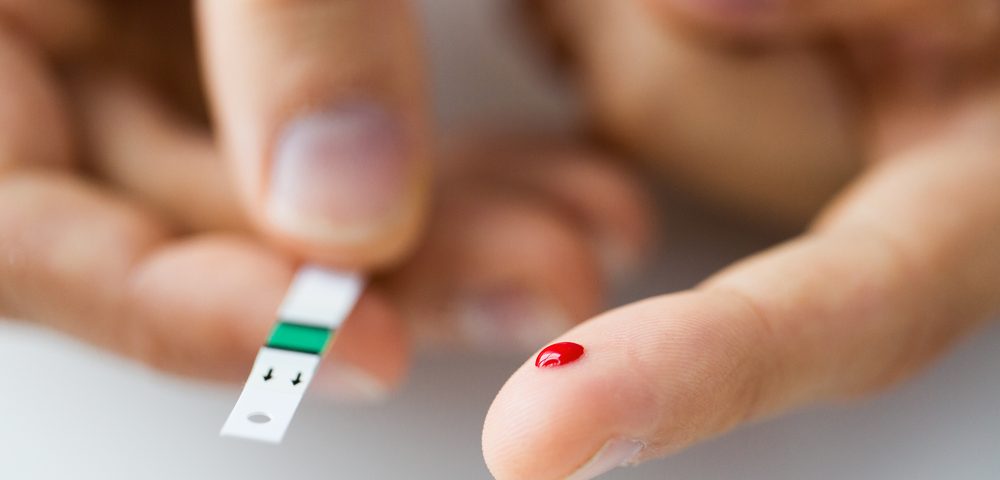Recognizing the signs and early identification of artifactual hypoglycemia in patients with Raynaud’s phenomenon and/or systemic sclerosis is critical to prevent overtreatment, according to researchers.
The study, “Artifactual Hypoglycaemia in Systemic Sclerosis and Raynaud’s Phenomenon: A Clinical Case Report and Short Review,” was published in the journal Case Reports in Endocrinology.
Systemic sclerosis is a complex disease, and some patients may develop Raynaud’s phenomenon years before their systemic sclerosis diagnosis is confirmed.
Artifactual hypoglycemia can be described as “a discrepancy between capillary and plasma blood glucose levels due to either differing laboratory techniques or other patient factors,” according to the study’s authors. But this phenomenon has been reported in a very narrow number of studies of patients with Raynaud’s phenomenon and/or systemic sclerosis.
In this case report, the authors describe the case of a 76-year-old Caucasian woman with systemic sclerosis and Raynaud’s phenomenon who was admitted to the emergency room after symptoms of anemia and fatigue. She had melena (black, tarry stools) and presented upper gastrointestinal bleeding (the bleeding came from the upper part of the gastrointestinal track, either from the esophagus, stomach, or duodenum).
An analysis showed the patient had persistent hypoglycemia (1.0–2.7 mmol/L) on a glucometer, but showed no signs of hypoglycemic symptoms.
The patient was admitted to the hospital and stayed for two weeks, where she underwent “repeated glucose monitoring, hydrocortisone replacement and dextrose infusions, with consequent hyperglycemia [abnormally high blood glucose levels] on plasma measurements.”
The patients showed no marks of disease either in the pancreas (the organ responsible for insulin production, the key regulator of blood glucose levels), nor at the endocrine level (specifically, the pituitary gland).
Moreover, “clinically, she did not satisfy Whipple’s triad,” researchers wrote. Whipple’s triad is a collection of three criteria that may indicate the presence of a small tumor in the pancreas, called insulinoma, which leads to an excess production of insulin.
“Patients with Raynaud’s phenomenon may display persistent artifactual hypoglycaemia due to distorted peripheral vasculature; this observation, however, is underrecognized in clinical practice and scarcely reported in literature,” the team write. “Treatment of low capillary blood glucose is usually met with clinical impetus to treat, even when hypoglycemic symptoms are lacking.”
“Costly monitoring, aggressive management, and radiological examinations often accompany the finding of persistent capillary hypoglycemia in patients with Raynaud’s phenomenon; this should be replaced with high clinical suspicion and consideration of a secondary cause of hypoglycaemia…” they added. “In general, secondary causes of hypoglycemia should be considered if the hypoglycemia is persistent, symptoms are lacking, or conventional treatment is ineffective.”
The team suggests that “clinicians should be mindful of the limitations of point-of-care blood glucose measurements [a glucometer]” and that a “heightened vigilance is required in interpreting capillary glucose values” to prevent overtreatment and avoid unnecessary interventions.


